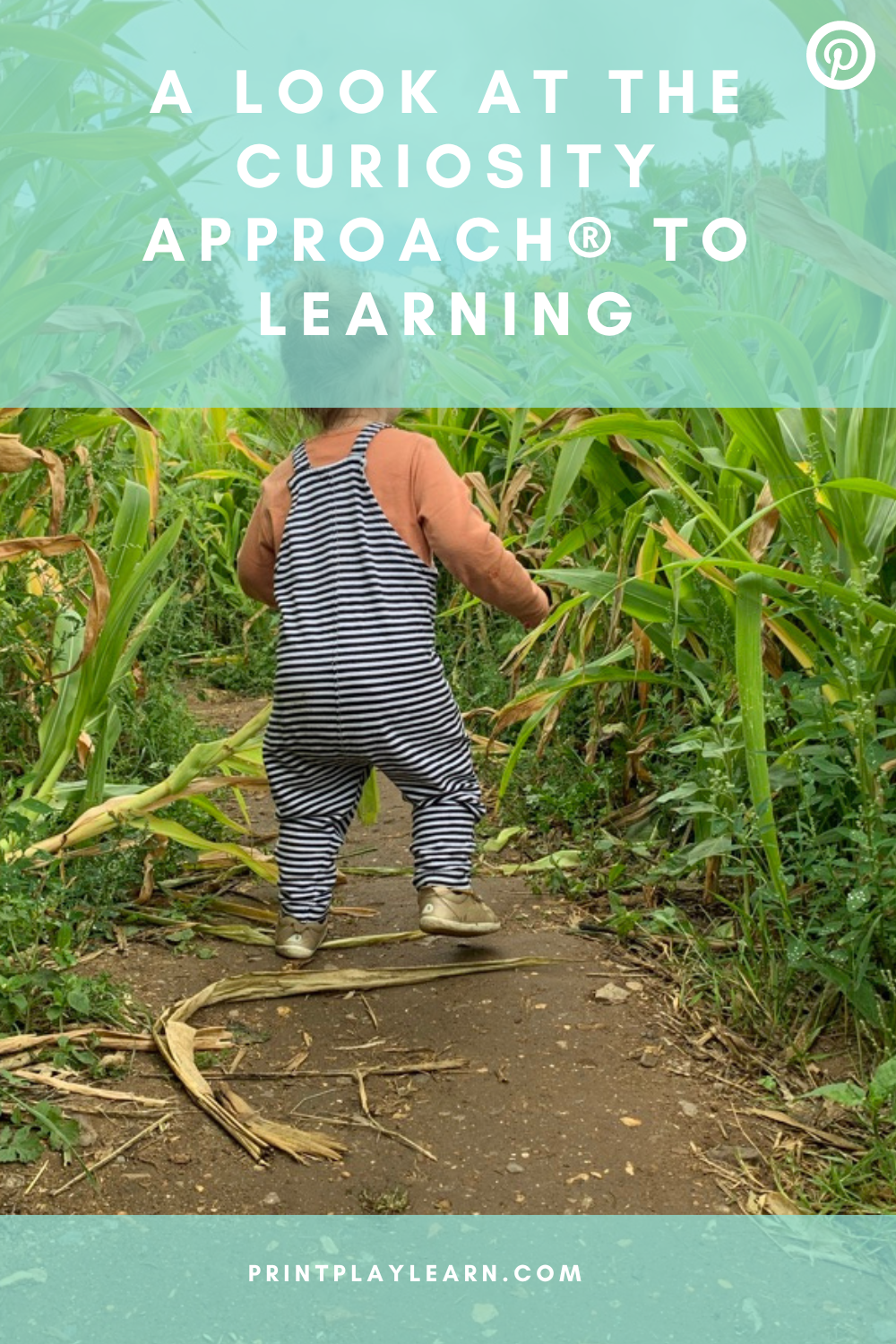A Look At the Curiosity Approach® to Learning
Have you heard of the Curiosity Approach® yet? This new style of learning seems to be growing in popularity with local nurseries so it felt like a good time to take a look at why!
Founded by Lyndsey Hellyn and Stephanie Bennett in 2017, The Curiosity Approach® is a modern-day Early Childhood Education method, driven by active learning and critical thinking. The aim? To create a generation of “thinkers, doers, and investigators”.
Here’s what’s to love about this new ethos:
It’s inspired by mix of child-led approaches
The Curiosity Approach® mixes styles and techniques from many early years pioneers, including Maria Montessori, Reggio Emilia, Rudolf Steiner, and Emmi Pikler. It’s this fusion of approaches that make it clear child-led, age appropriate learning is at the core and celebrates kids where they’re at.
The approach wants children to be the ‘pilots of their play’ as they are encouraged to explore, experiment and create, supported by passionate facilitators.
It’s expected that it will not just be the child who will be learning, but the adults who get to see things from a new perspective of wonder!
Curiosity and imagination are key
As the name suggests, nurturing curiosity is at the heart of this approach. With any object or resource open to be much more than it looks, to both child and facilitator. Everything has the potential to unlock a story or a new avenue of play and discovery.
The founders believe curiosity is innate within every single one of us and that to be an engaged learner you need to keep that curiosity alive!
Removal of overstimulation
Many mainstream pre-school and early years settings tend to gravitate towards bright, bold and potentially overstimulating environments – from the plastic toys and resources to colorful wall displays. The Curiosity Approach® focuses on reducing this likelihood of overstimulation by instead making sure learning environments are calm yet inviting, both indoors and outdoors.
Plus, the right environment allows for imagination to blossom. The Curiosity Approach® sees many modern toys as a form of entertainment rather than an invitation for a child to think and communicate. They favour authentic, open-ended resources, and recyclable materials, rather than bright colours or plastic toys.
There’s also the focus on sensory experiences that natural materials, open-ended resources and recycled objects provide – such as different textures and smells which naturally evoke a sense of wonder and intrigue in young children.
Strengthening keys skills through exploration
Children are always learning as part of the daily rhythms they will find in a Curiosity Setting, whether that’s through table-top invitations to get curious or the life skills they’ll use at lunch time. The focus is on encouraging lifelong learners through independent thinking, stronger non-verbal & verbal communication and problem-solving.
The founders are concerned that in 30 years’ time, many of the career paths available now will no longer be relevant. Which means the best thing we can do for children today is to shape them into creative thinkers, doers and innovators. Curiosity being the spark which makes all this possible.
Are you excited by the sound of this approach for your little one or those under your care? All Curiosity Approach® facilitators need to take an accreditation programme to begin using the philosophy and supporting resources, so if you’re interested do head over and take a look at their website.
If you’re interested in calm and beautiful printable resources which would fit in perfectly in a Curiosity Approach® setting, don’t forget to take a look at our Montessori inspired printable learning resources.
